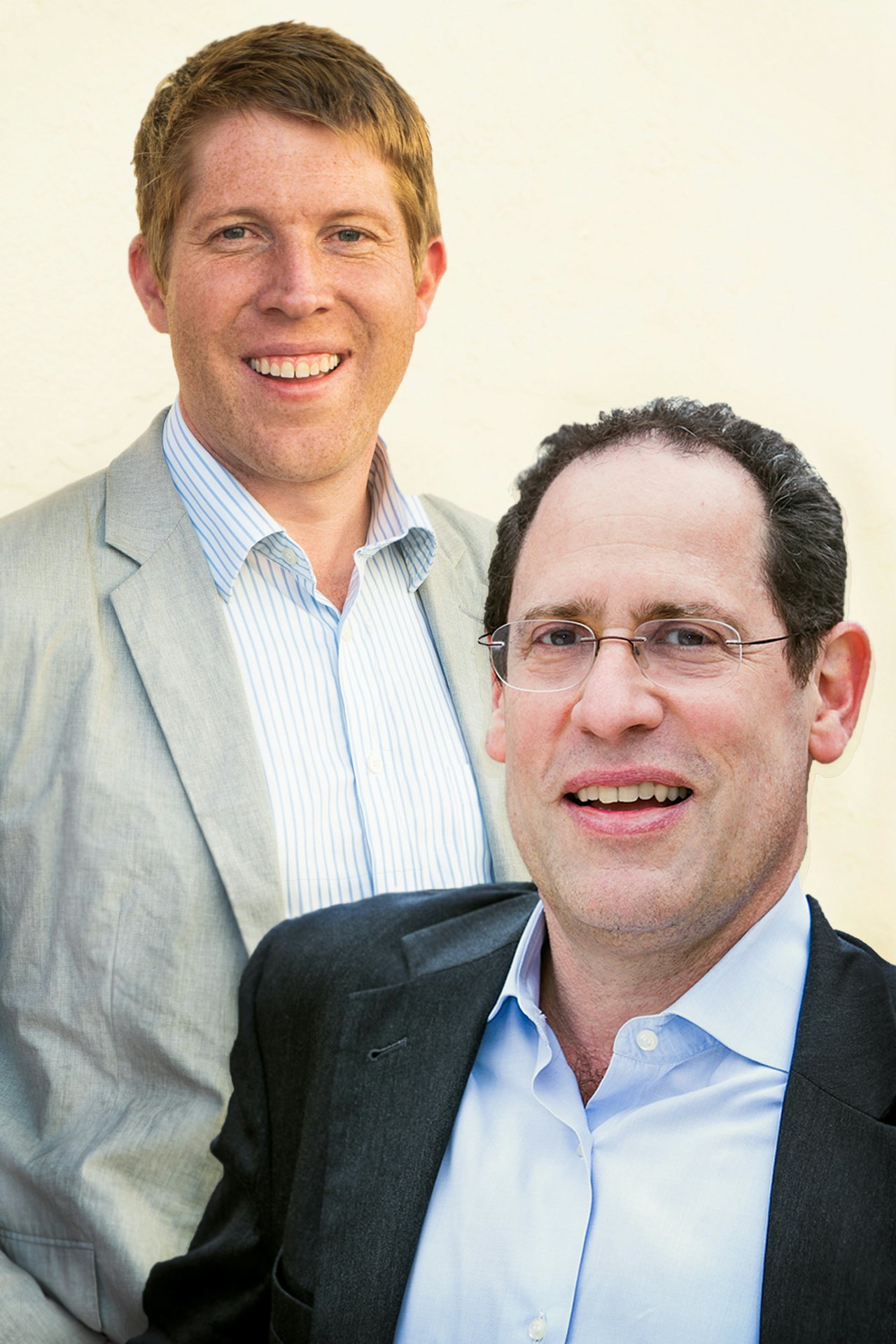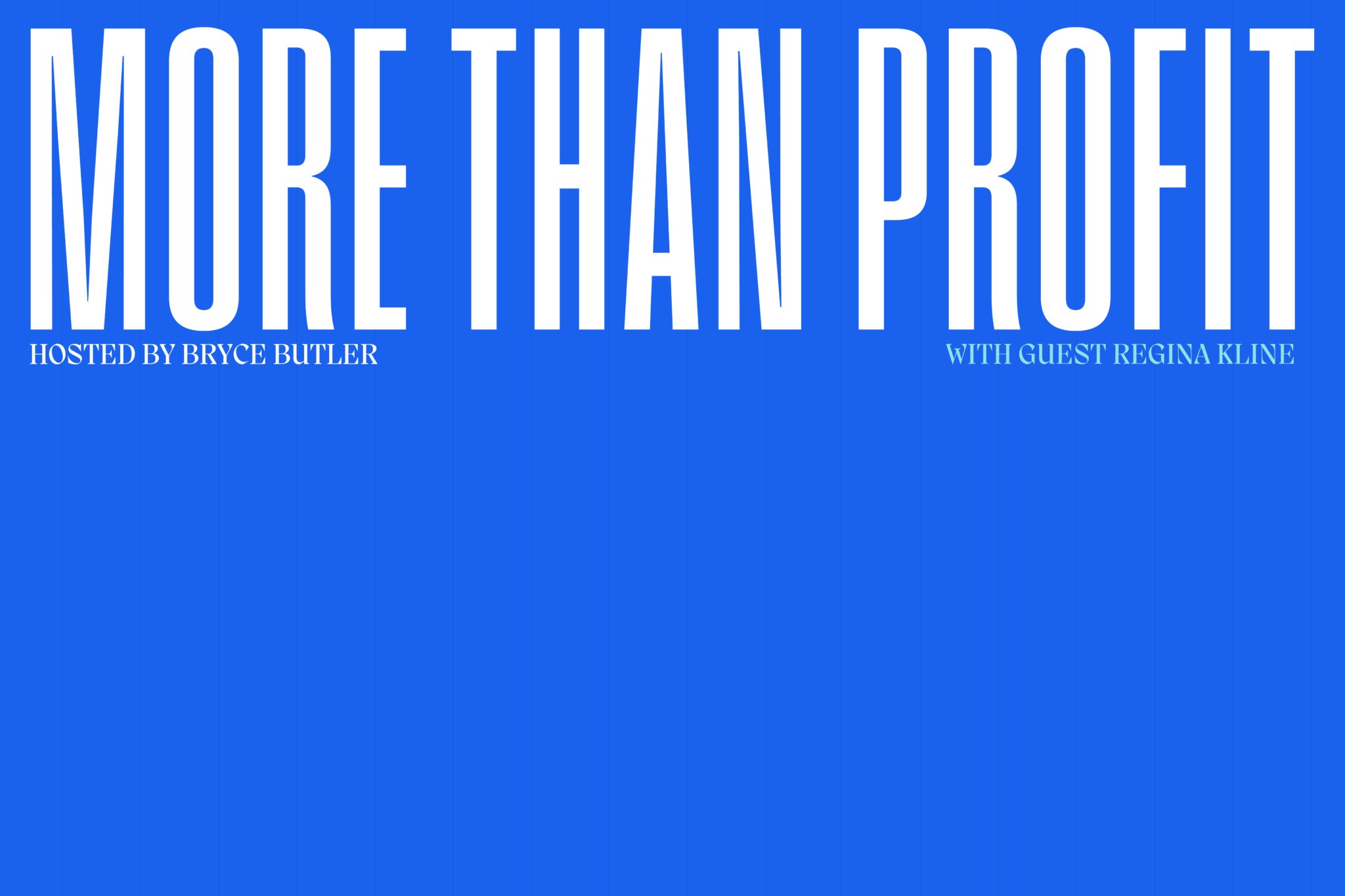Five Lessons, Five Questions: Opportunity Zones
Eighteen months have passed since the Opportunity Zone incentive created a renewed focus on investing in America’s economically distressed neighborhoods. Through our respective work, in close collaboration with Accelerator for America, we have traveled to over fifty communities across the U.S. to understand and help implement pieces of this new way to invest in American communities.
The national conversation around Opportunity Zones has been hyperbolic and oversimplified. Opportunity Zones, it seems, are binary: either they are going to lift distressed areas out of poverty, or are a big Wall Street tax break that will accelerate the worst of gentrification. Yet as we get out of New York and Washington, D.C., and see what is happening on the ground in American communities, the story is far more fascinating and complex.
A year and a half in, here are five surprising lessons for Opportunity Zones — and five big questions we have.
Five Lessons
1. Opportunity Zones are a focusing event for a much-needed new system of “community wealth” that goes far beyond a small tax incentive.
We’ve been in town halls in places from Erie to Houston that have attracted hundreds of residents to discuss potential projects, and we have hardly heard the word “Opportunity Zone” or “capital gains tax.” Residents, developers, and entrepreneurs want to talk about projects and plans — how to renovate this abandoned school or restore local retail or grow minority-owned businesses or build workforce housing.
Two years ago, we never would have expected investing in communities to have garnered this type of attention, but the Opportunity Zone incentive is ushering in a refreshed and much-needed new look at pent up demand for economic activity in American communities.
This requires a fundamental shift in emphasis from the existing system that is (1) housing-centric, (2) low-income concentrated, (3) subsidy-dependent, and (4) grant-driven; and it’s happening. We are seeing new funds and organizations form that are (1) neighborhood-centric, (2) mixed-income, (3) dependent on a coordinated “capital stack” of market-driven equity, debt, and smart philanthropy, and (4) entrepreneur-driven.
Very little of this conversation involves capital gains tax incentives. But it’s sorely needed, and the actors who embrace the new system will succeed.
2. The worst-case scenario, “oceans of Wall Street capital will gentrify America,” doesn’t seem to be coming true. These funds are struggling to get off the ground, while the most compelling deals remain small and local.
The New York Times and Wall Street Journal have been filled with doomsday headlines suggesting that large firms will raise billion-dollar funds that will “cherry-pick” areas most ripe for gentrification. Frankly, we aren’t seeing this play out in real time, although the absence of national reporting requirements requires caution.
But there are several constraints built into the market. The Opportunity Zone incentive requires investors to raise and deploy capital within the span of about twelve months, which means that large national funds that do not have local presences in target markets, even if they were able to raise $1B+, could not deploy it well. On-market properties in a small subset of Opportunity Zones which would be brokered to these large national players have very high valuations, where the tax incentive is already baked into the property price. And the vast preponderance of designated Opportunity Zones, as the Economic Innovation Group has reported, are presently characterized by high poverty and low market demand, which is why they were chosen in the first place.
The most interesting deals we are seeing are local, interdisciplinary and rooted in community … with local leadership and local capital. We are going to watch this space closely, but we don’t anticipate that the bogeyman of faceless national billions will destroy cities through Opportunity Zone investment. In the cities we visit, we see local landowners, entrepreneurs, and stakeholders wanting to work with capital sources that they know are invested in the community for the long term.
3. Developers and entrepreneurs of color are seeing new paths to market where they don’t have to ask for permission.
One of the very real struggles of the past generation of community development is that too many promising entrepreneurs have been in blind spots. Real estate and business investment in communities has been grant and program-driven, requiring anyone with an idea to know where to apply for a specific program, who to work with to get a carve-out, and how to fit into an existing power structure. It has depended on who you know in order to raise capital.
The Opportunity Zone legislation has somewhat upended the way that capital is flowing into economically distressed communities, and we are seeing a new wave of developers and entrepreneurs with new opportunity.
4. Cities and foundations are building needed infrastructure whose impact goes far beyond Opportunity Zones.
In some cases, we have seen foundations and cities take the lead in creating infrastructure for successful Opportunity Zone funds. Absent an impact evaluation framework, the US Alliance for Impact Investing and the Beeck Center at Georgetown created a national series of principles for investors to follow in impact evaluation. Local foundations such as the Kauffman Foundation in Kansas City have been convening stakeholders across the community to develop a series of investable projects with community buy-in. Foundations like Rockefeller and Prudential in Newark and Abell in Baltimore have funded roles in the cities to help coordinate private OZ investment with projects of public priorities. And Accelerator for America is working with foundations to fund FUSE fellows to add capacity in key cities. These public-facing infrastructure roles will help capital flow more responsibly.
5. Local stakeholders are asking for high standards on the impact that Opportunity Zone investments will have.
There has been a major worry at the national level about the lack of reporting standards for Opportunity Zones, and that without reporting standards, OZ investments will not have impact. While we believe that reporting standards (and the data collection that comes with it) would be a critical next step in the legislation, locally, we are finding governments and individuals are holding projects to a very high standard.
We have talked to landowners of large, attractive tracts in OZs who are longtime community residents and will only sell choice properties to developers and investors who have the community’s best interest at heart. We have also seen cities like Atlanta and Erie take stock of their holdings and make sure that any investor who does business with the city has impact at heart. Impact standards are happening, and local communities are leading the way.
“The Opportunity Zone legislation has somewhat upended the way that capital is flowing into economically distressed communities, and we are seeing a new wave of developers and entrepreneurs with new opportunity.”
Five Questions
These observations give us hope. Yet there are five unanswered questions that we anticipate will play out over the next 18 months. Any successful OZ investor — both if they are seeking financial returns and seeking positive community impact — will need to successfully answer these questions.
1. Will a new wave of community institutions develop — or will this only succeed deal by deal?
Federal laws in the past have helped spawn institutions that can deploy capital and spur investment at scale; Community Development Finance Institutions were arguably a product of the Community Reinvestment Act. Opportunity Zones are already favoring cities with institutions like the Erie Downtown Development Corporation that have the capacity and capital to set the table for market investment. Replication of the Erie model (which itself is modeled on the Cincinnati Center City Development Corporation) could be a foundation for large scale transformation. Additionally, Opportunity Zones might spur the creation of multi-asset funds and intermediaries to drive projects in sub-geographies that bear similar characteristics, such as central business districts in small cities.
2. Will OZs move beyond one-off deals to community strategies?
Currently the largest investors in OZ projects are one-off transactions: investors who have large capital gains and are re-investing them into OZs. Many of these investments are one-off: “I had a large gain, and I saw a real estate deal, so I re-invested the gain.” We are beginning to see thoughtful strategies investing in multiple deals and businesses around commercial hubs in low-income communities, often located near hospitals and other anchors, which could form the basis of concentrated, ongoing investment.
3. Can foundations play a role in capital formation?
Some foundations have been very active in inclusive investment with the 5% of their capital base that gets allocated every year. Yet the worry from many foundations that Opportunity Zone investment will not be mission-aligned is somewhat concerning given that 95% of most foundations’ endowments are also not aligned with the purpose of the foundations. Will foundations invest in mission-aligned projects with their 95%? The Kresge Foundation has taken a first step, providing $22M in credit guarantees to 2 OZ funds, but others can follow.
4. Can we move from transactions to wealth building?
“Equity” has two meanings in the Opportunity Zone context: the risk capital invested in Opportunity Zone transactions and the potential for Zone investments to build wealth for community residents and entrepreneurs. New legal structures as well as new ecosystems for identifying, growing, supporting, mentoring and capitalizing minority-owned businesses and developers must be created and widely applied if the second meaning of “equity” is to take hold.
5. Can we move from one-off to routine?
The power of markets is the power of routine and the application of common data, assumptions and instruments. We have already written about one prototypical deal concept: “street corners” in low-income neighborhoods that co-locate small businesses, growth companies, health clinics and community services. We believe many more are possible, particularly in Opportunity Zones that include or are located near hospitals, universities and other anchor institutions.



